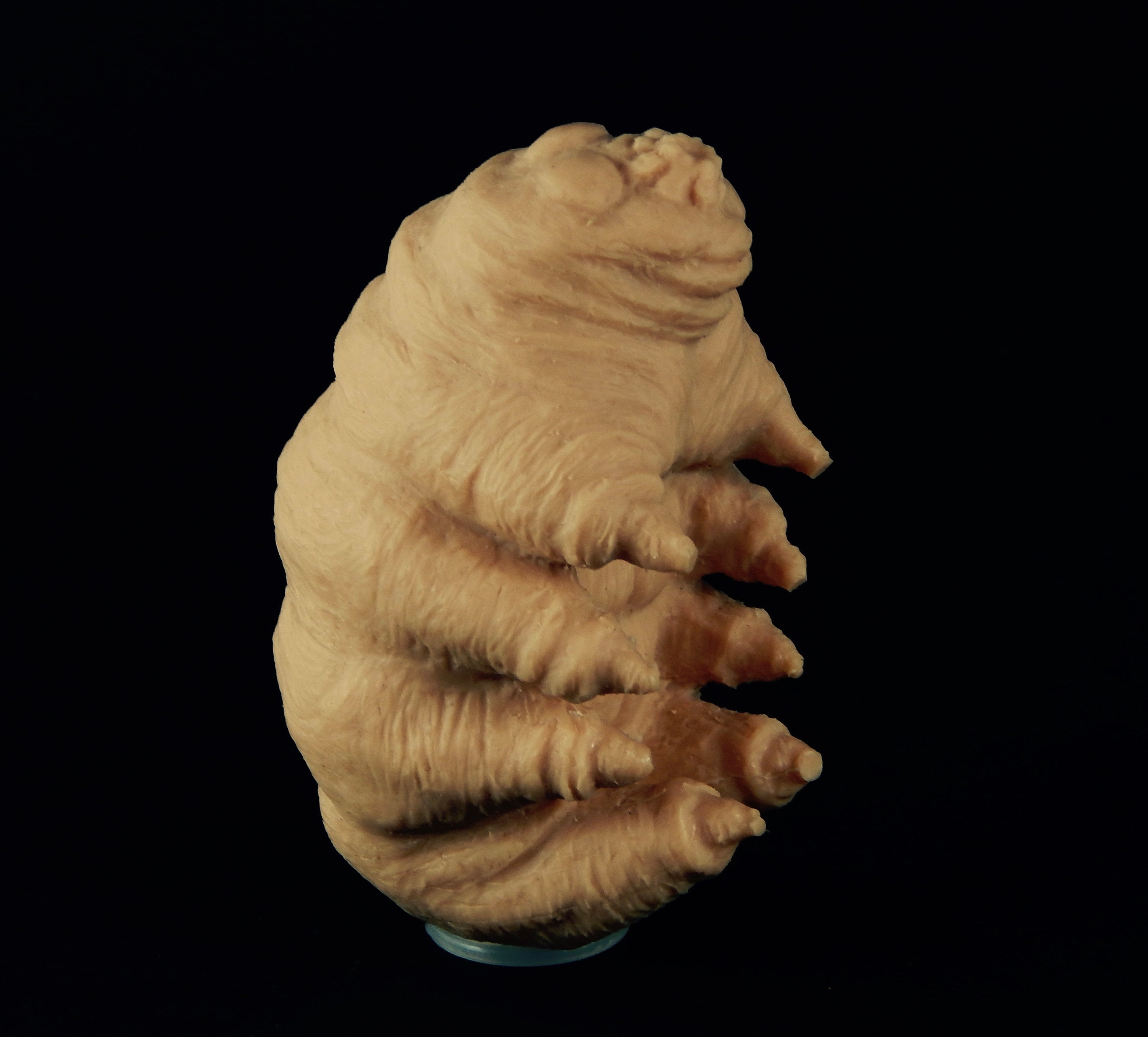
Tardigrade On Finger ubicaciondepersonas.cdmx.gob.mx
Tardigrades constitute a micrometazoan phylum usually considered as taxonomically challenging and therefore difficult for biogeographic analyses.. i.e. finger-like papillae attached to the body.
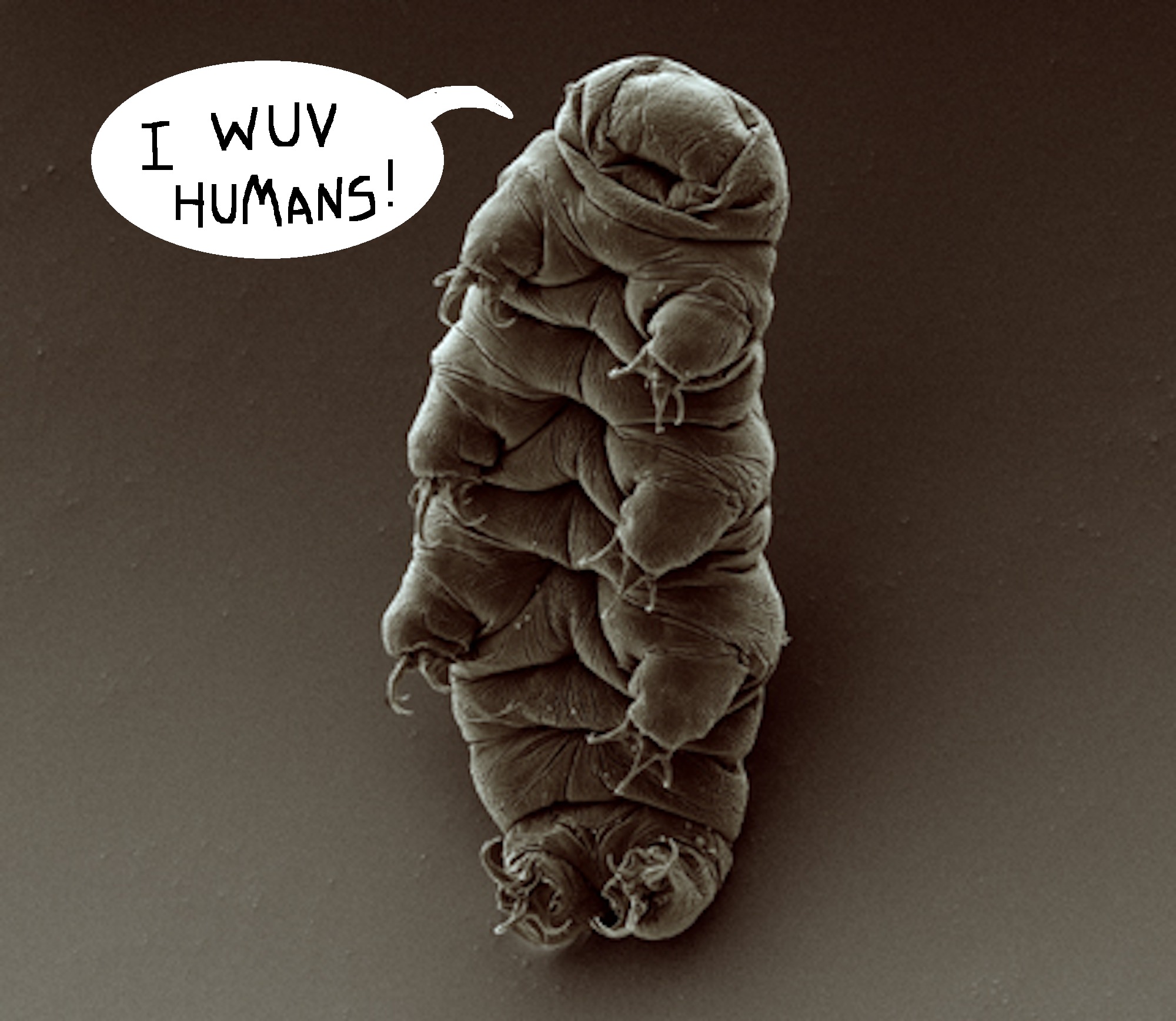
Leave Tardigrades Alone! Defector
Dupuytren's disease (DD) is a chronic benign fibroproliferative disorder of the palmar and digital fasciae. It is characterized by formation of nodules and fibrous cords that may eventually lead to contractures with permanent flexion of the finger joints.

How to find a pet tardigrade and care for it Boing Boing Flipboard
Omnivore Size: 0.5 millimeter What is a tardigrade? Tardigrades are microscopic eight-legged animals that have been to outer space and would likely survive the apocalypse. Bonus: They look.
:max_bytes(150000):strip_icc()/tardigrade-closeup-01-0ca5270d7f4a4cad8c00b47afdacf6ac.jpg)
10 Tardigrade Facts That Will Astound You
FAST FACTS. • Tardigrades have been on Earth for about 600 million years, about 400 million years before dinosaurs. • Tardigrades are sometimes called "moss piglets.". • Tardigrade eggs take between 40 and 90 days to hatch. You can boil them, bake them, deep-freeze them, crush them, dehydrate them, or even blast them into space.

Organism of the week 31 Tardigrades Polypompholyx
O n 11 April 2019, a spacecraft crashed on to the Moon. The Israeli Beresheet probe was supposed to land gently in the Mare Serenitatis, a huge plain of basalt rock formed in a volcanic eruption.

What are Tardigrades? Earth Unplugged YouTube
tardigrade, (phylum Tardigrada), any of more than 1,100 species of free-living tiny invertebrates belonging to the phylum Tardigrada. They are considered to be close relatives of arthropods (e.g., insects, crustaceans ). Tardigrades are mostly about 1 mm (0.04 inch) or less in size.
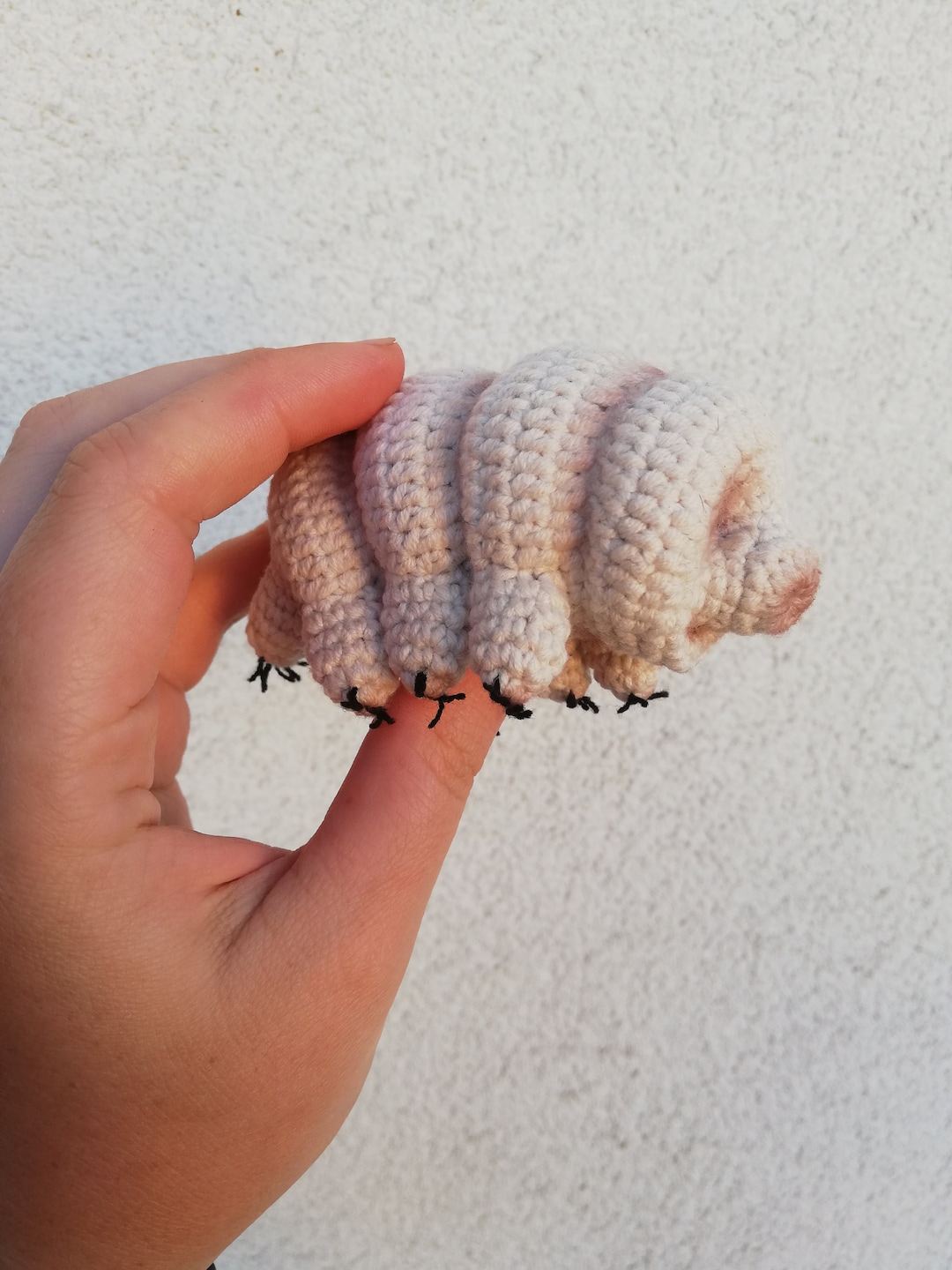
Tardigrade On Finger ubicaciondepersonas.cdmx.gob.mx
By Jeremy Deaton Tardigrades are tiny, cute and virtually indestructible. The microscopic animals are able to survive in a pot of boiling water, at the bottom of a deep-sea trench or even in the.

A new understanding of how tardigrades are protected in extreme conditions Tardigrade, Macro
Tardigrades — which grow up to a millimeter in length — swim with four sets of stubby legs that appear much too small for their bodies. At the end of each leg is a set of stubby little claws.
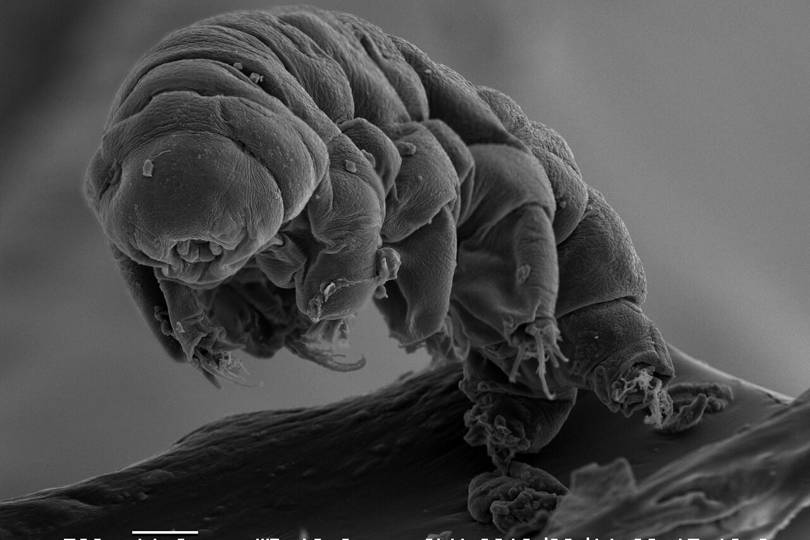
How to catch tardigrades, with biologist Mark Blaxter WIRED UK
The biggest tardigrade is about the size of the tip of a sharpened pencil, but most are smaller. More like the width of a hair. They're kinda like a squishy pillow with eight legs, four on each side, with finger-like little claws at the end of each leg. And a round, snout-like opening on its face.

A tiny microbe inspired this scientist’s big dreams
Tardigrades are everywhere. They're tiny — usually under a millimeter long — and they're mostly transparent, so they're easy to miss. But you probably walk by them every day. We've.
.png/1200px-SEM_image_of_Milnesium_tardigradum_in_active_state_-_journal.pone.0045682.g001-2_(white_background).png)
Tardigrade Wikipedia
For starters, a tardigrade is an animal. A very, very small animal. One of its many nicknames is "water bear" because, as mentioned earlier, some people say it resembles a panda bear (if a panda bear were microscopic and had eight legs). It's also been called a moss piglet, a pygmy rhinoceros and a pygmy armadillo.
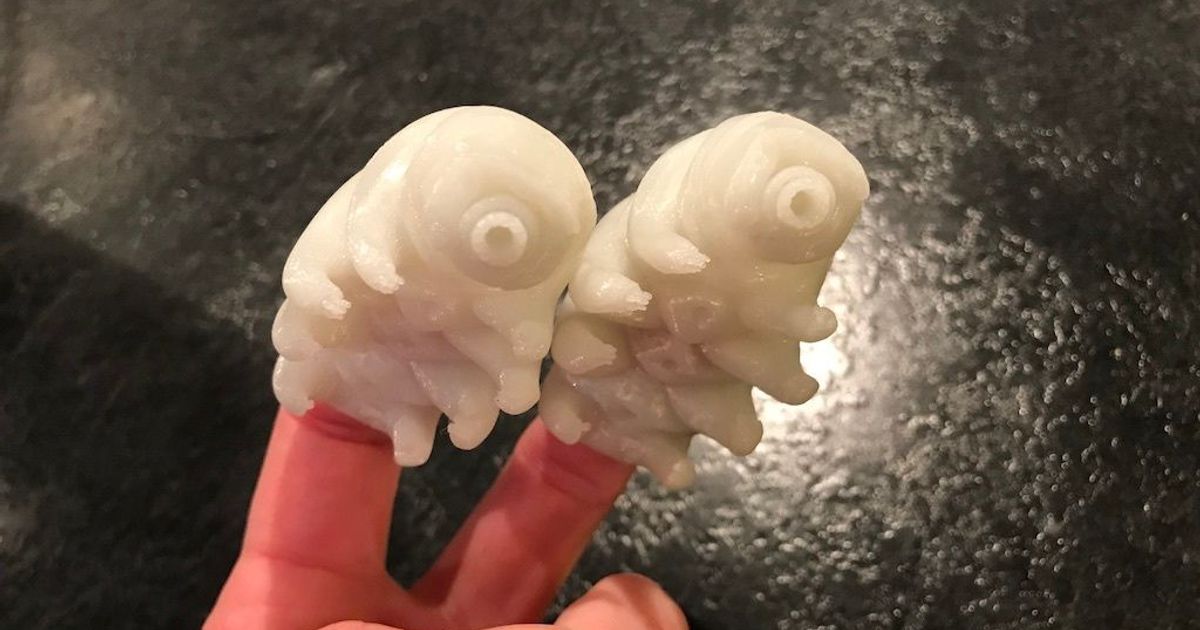
tardigrade finger puppet by dB Download free STL model
Tardigrades' best-known feature is their brute, dogged ability to survive spectacularly extreme conditions. A few years ago, the Discovery network show Animal Planet aired a countdown story about the most rugged creatures on Earth. Tardigrades were crowned the "Most Extreme" survivor, topping penguins in the Antarctic cold, camels in the dry oven of the desert, tube worms in the abyss.

Tardigrade Protein Helps Human DNA Withstand Radiation, May Enable Long Distance Space Travel
Tardigrades are near the edge of visibility for most human eyes. A typical tardigrade is about 0.5 mm (0.02 inch) long, and even the largest ones are less than 2 mm (0.07 inch) in length.

Glow In The Dark Finger Tardigrade (1 Each) Tardigrade, Archie, The darkest
Tardigrades, often called water bears or moss piglets, are near-microscopic animals that are extremely resilient. Diane Nelson, a tardigrade researcher who works in Great Smoky Mountains.
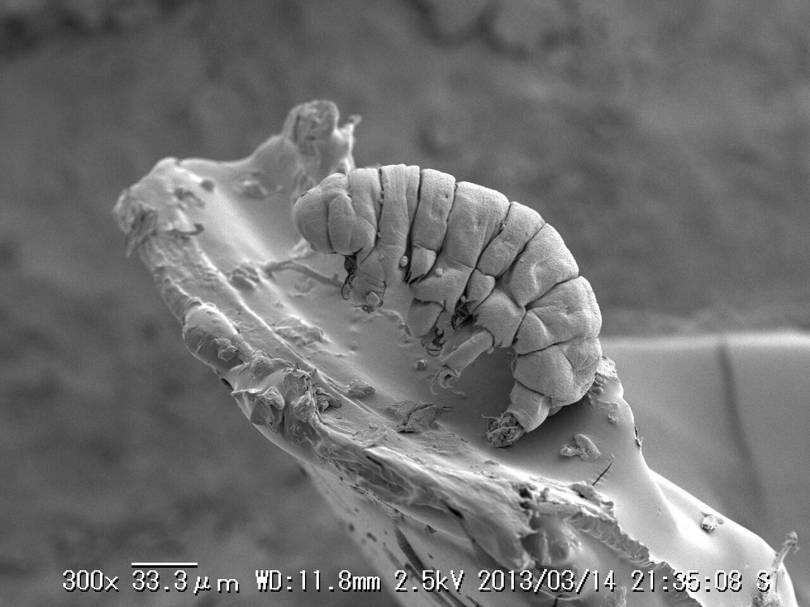
How to catch tardigrades, with biologist Mark Blaxter WIRED UK
In this state, tardigrades completely slow down their metabolism to almost undetectable levels - less than 0.01% of normal. Their levels of water also drop to around 1%. They are one of only a few groups of species capable of undergoing cryptobiosis, and they can remain in this half-dead state for more than 30 years.
.jpg)
A Smart Contact Lens, Trouble for Water Bears, and More News WIRED
Tardigrade Tardigrades ( / ˈtɑːrdɪɡreɪdz / ), [1] known colloquially as water bears or moss piglets, [2] [3] [4] [5] are a phylum of eight-legged segmented micro-animals. [2] [6] They were first described by the German zoologist Johann August Ephraim Goeze in 1773, who called them Kleiner Wasserbär ("little water bear"). [7]